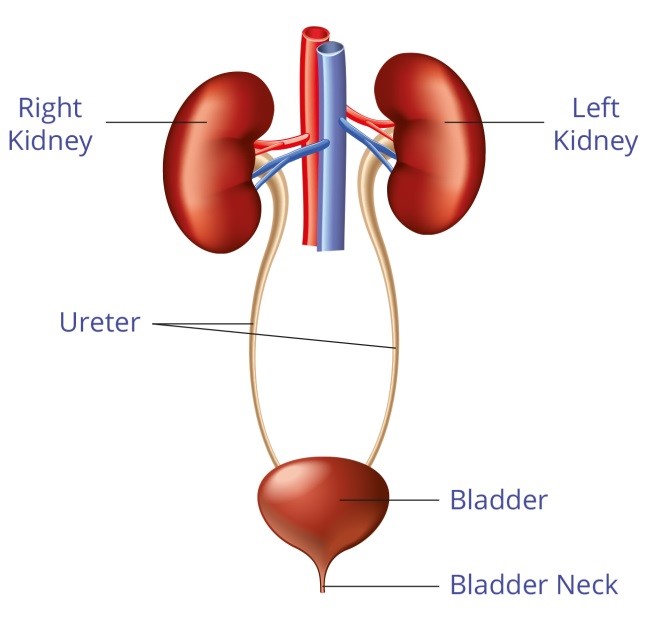Recurrent UTIs are typically defined as more than two episodes of UTI within six months or more than three episodes within a year, confirmed by urine culture. UTIs can manifest as cystitis (involving the bladder) or pyelonephritis (involving the kidneys) and are classified as either complicated or uncomplicated.
Uncomplicated UTIs occur sporadically in healthy individuals, while complicated UTIs are associated with urinary tract abnormalities or underlying pathologies, increasing the risk of infection or treatment failure.
For recurrent UTIs, consultation with a family doctor or specialist is advised.


















